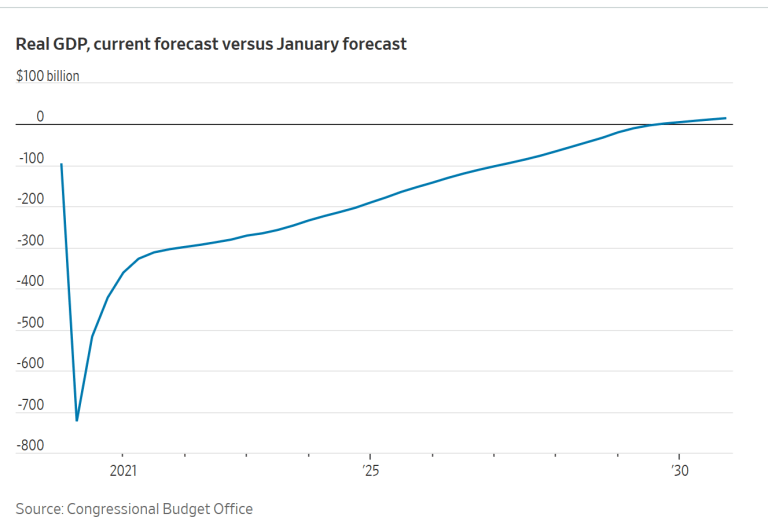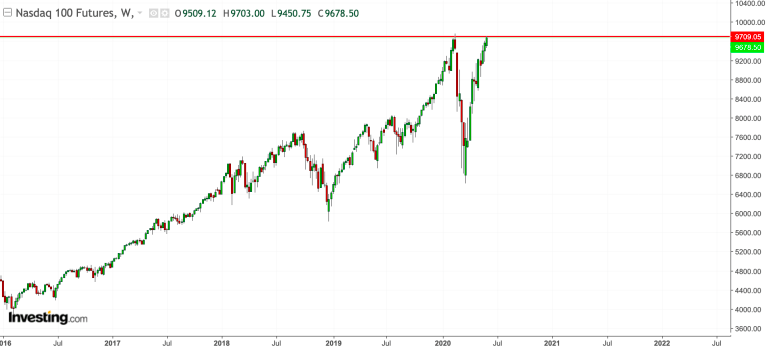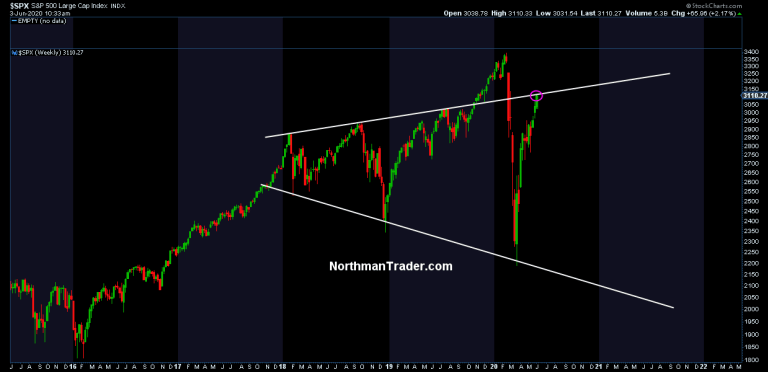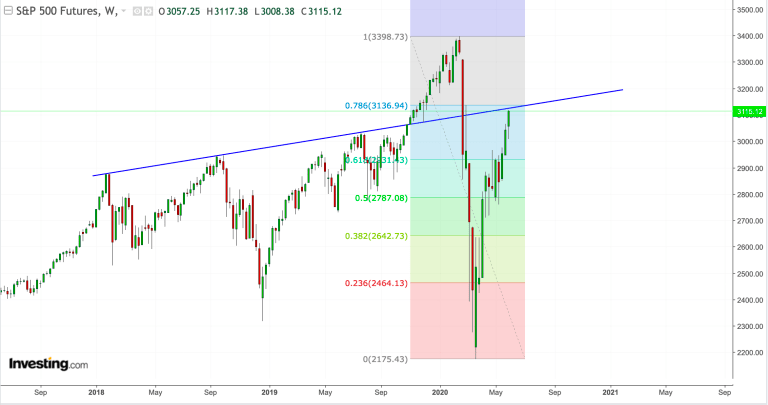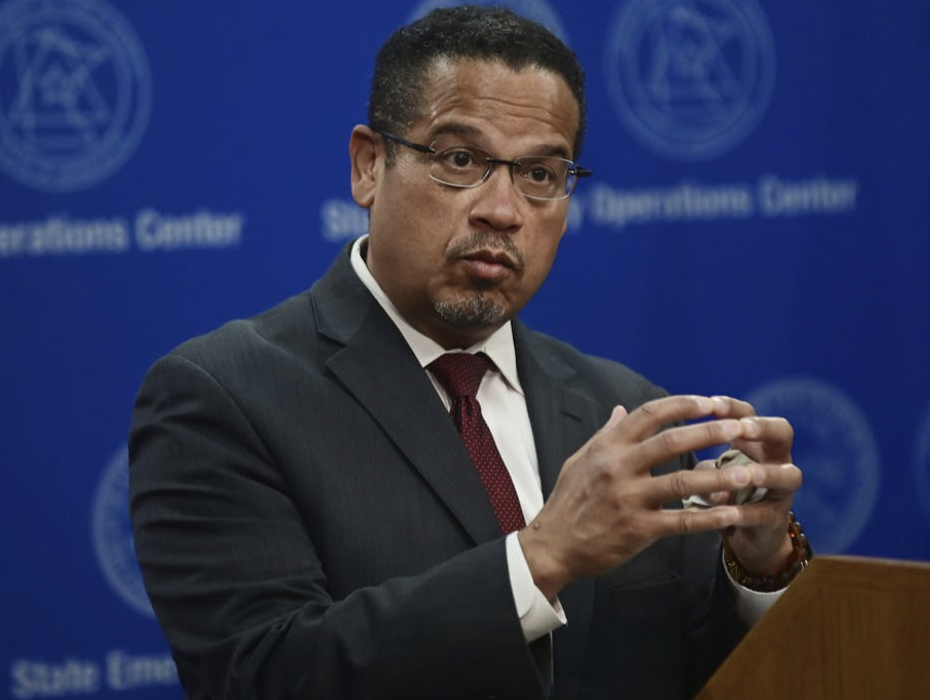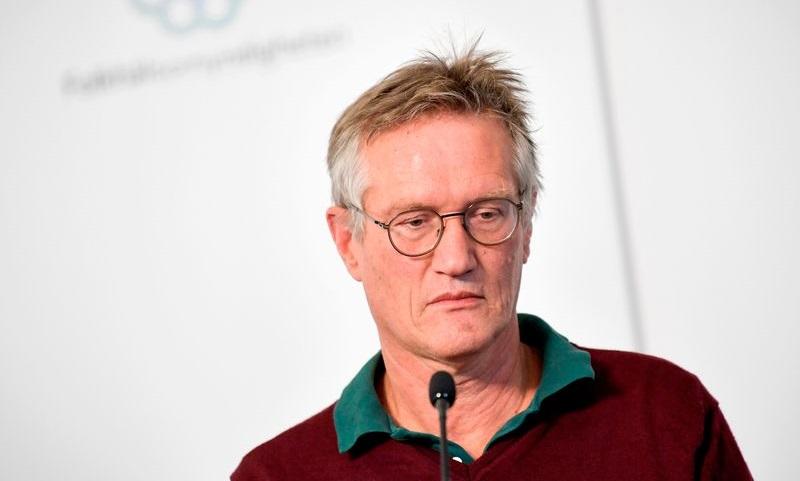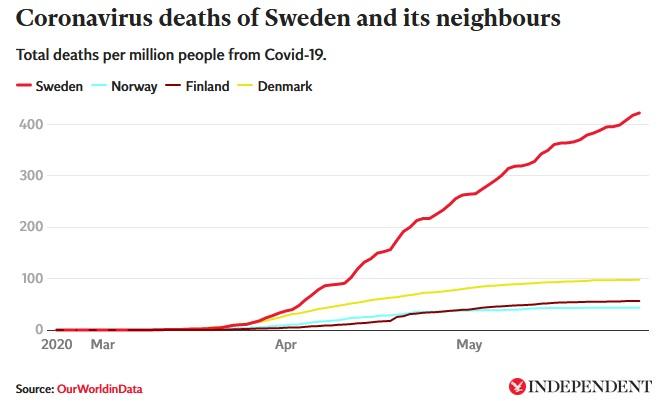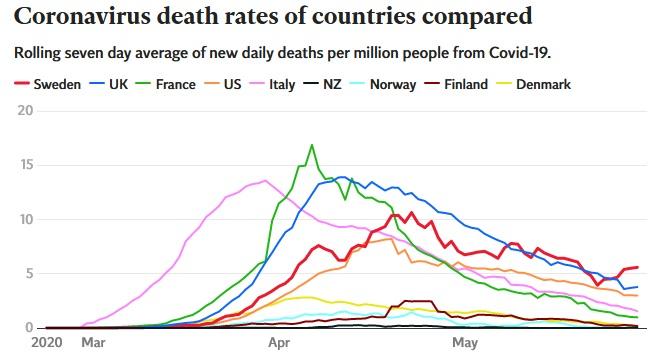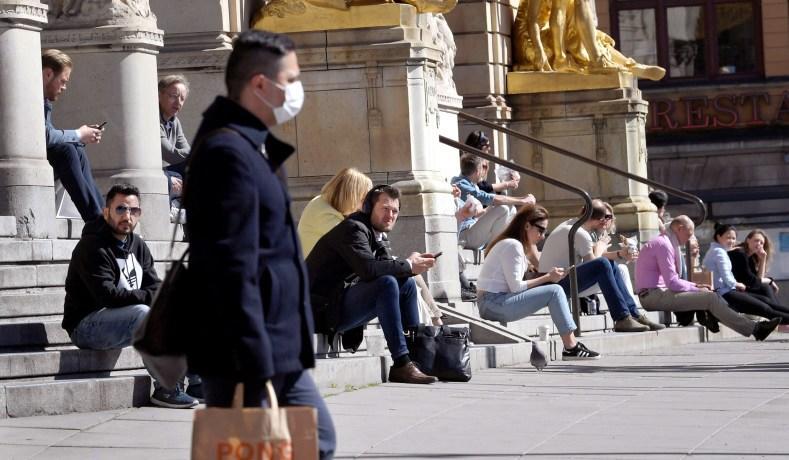Remember when all the politicians and talking heads were telling us we had to listen to the allegedly unanimous opinion of public health experts that nothing, literally NOTHING, was more important that social distancing to prevent the spread of Coronavirus? And that anyone who raised objections to the scope or persistence of lockdowns was a misanthropic, anti-science troglodyte. That was yesterday. Today, protesting against racism is more important.
I agree that it’s important (regardless of whether the particular incident of excessive use of force by police in question was a product of racism or just race-neutral police brutality). I also think that putting 30% of the public out of work is important, indeed more important, especially given that racism is a persistent issue that will create plenty of protest opportunities, whereas destroying millions of people’s livelihoods was immediate with the lockdown.
Some of my social media friends have been insisting for some time that many of the hardcore lockdown/social distancing advocates were less concerned about public health and more about imposing their own value system against what they considered an unenlightened public, and some subset of those people actually welcomed the lockdown because they prefer people to live on the government dole that to allow “capitalist exploitation.” I’m not, to say the least, a big fan of the political and public health establishment, but I nevertheless thought this was too cynical, and I did (and still do) think that many aspects of the lockdown were justified by public health needs.
Yet today we see Mayor DeBlasio arguing that protesting racism is more important than being banned from attending religious services indefinitely, and Governor Murphy of New Jersey stating that protests against racism may flout social distancing rules, but he’s going to continue to enforce them against lockdown opponents.
Worse yet, Slate reports that:
Facing a slew of media requests asking about how protests might be a risk for COVID-19 transmission, a group of infectious disease experts at the University of Washington, with input from other colleagues, drafted a collective response. In an open letter published Sunday, they write that “protests against systemic racism, which fosters the disproportionate burden of COVID-19 on Black communities and also perpetuates police violence, must be supported.”… By Tuesday afternoon, more than 1,000 epidemiologists, doctors, social workers, medical students, and other health experts had signed the letter.
So much for the “expert public health community.”
I don’t think anyone who knows me would describe me as at all credulous, but I think I need to get even more cynical.
A final thought: For many of the left, anti-racism is basically a religion, and they don’t want the Covid crisis to interfere with an important anti-racism ritual, protest. But when it comes to accommodating actual religion, like having a religious quorum at a funeral? Feh, that’s not important.
(Cross-posted from Instapundit, with a few minor changes and additions.)
from Latest – Reason.com https://ift.tt/2zOJnDC
via IFTTT


